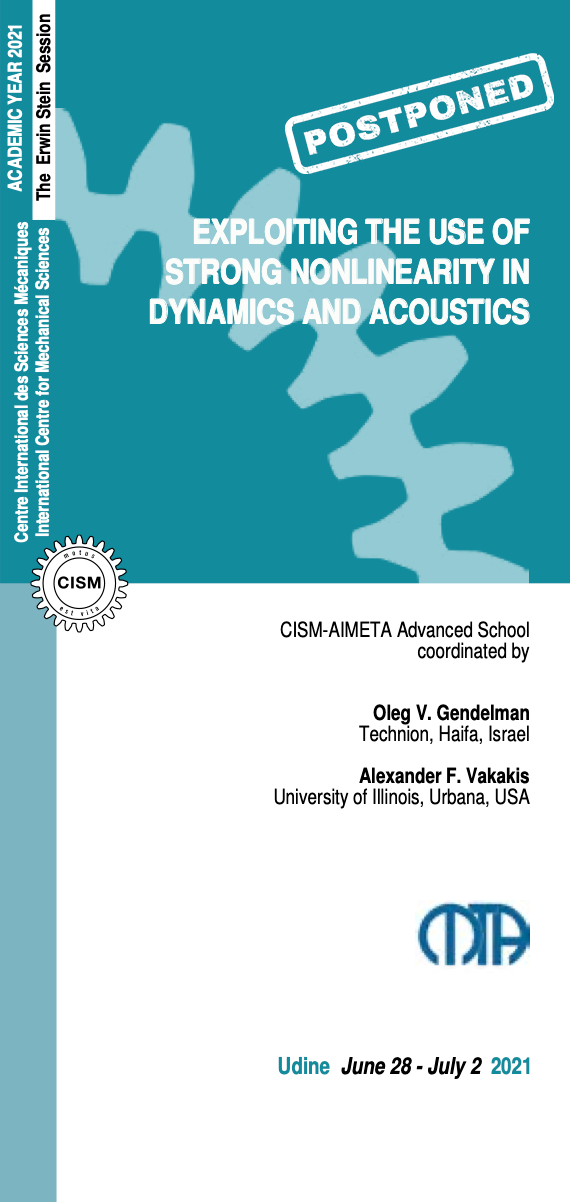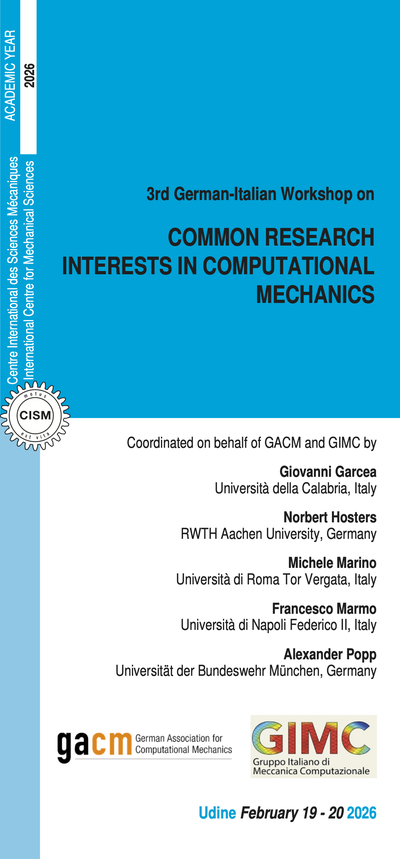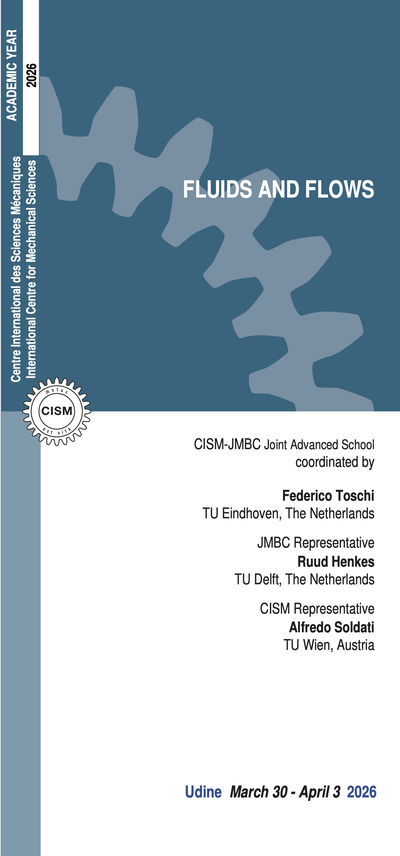In engineering and related fields, linearity or weak nonlinearity are typically assumed. These approaches require linear generating solutions for averaging or multi-scale asymptotics to be applied. Still, strong or even non-linearizable stiffness or damping nonlinearities occur often in engineering practice, e.g., due to clearances, impacts, friction, material composition, or geometry/kinematics, with nonlinear responses often having no analogs in linear or weakly nonlinear theory. Yet, ever-accelerating needs for lighter, faster, compact, robust, and high-performing engineering systems, set heavy demands for continuously expanding performance envelops under harsh, uncertain and poorly predictable environments. These needs cannot be addressed by current approaches, and this calls for a new paradigm-shifting concept based on the exploitation of strong nonlinearity to open new unprecedented paths for effective and robust design in ways heretofore unattainable in traditional settings.
In the last two decades exploitation of strong nonlinearity has been actively explored in fields such as energy absorption and harvesting, wave propagation, modulation and arrest, blast and seismic mitigation, micro- and nano-resonators, fluid-structure interactions, and acoustic metamaterial design. However, predictive analysis of strongly nonlinear systems is still a major challenge, as, apart from rare cases of integrability, exact or even approximate solutions are missing. Some methods exist for stationary solutions, e.g., nonlinear normal modes and discrete breathers, but nonstationary processes are more difficult to model and understand; yet, in many applications such processes are highly important. As such, the idea of exploiting strong nonlinearity in dynamical and acoustical systems has transitioned from a few early theoretical works to a diverse theoretical and experimental body of current research, and the field now seems mature enough to warrant an advanced CISM course. The need for such a course is further underscored by the fact that accounting for, understanding of, and designing with nonlinearities is becoming an emerging universal trend in engineering practice, and is predicted to be even more so in the future. Accordingly, the aim of this course is to provide the latest ideas and approaches in strongly nonlinear dynamical and acoustical systems, and discuss appropriate modelling tools and practical examples highlighting the non-standard and non-stationary aspects of this challenging, yet so promising area.
The course is structured along three main didactic themes: (i) Foundations – Basic notions, concepts, models and benchmark problems in strongly nonlinear systems (Gendelman, Rega, Vakakis); (ii) Methodology – Advanced analytical and numerical tools for exploiting the strongly nonlinear dynamics and acoustics (Cochelin , Gendelman, Kerschen, Rega, Vakakis); and, (iii) Applications – Addressing practical and diverse problems where the ideas and methods related to strong nonlinearity become necessary (Cochelin, Kerschen, Krack, Vakakis, Vestroni). The course is addressed to graduate students, interested faculty, researchers and professionals.
A principle of similarity for nonlinear vibration absorbers, G. Habib and G. Kerschen, Physica D 332, 1-8, 2016.
Effects of modal energy scattering and friction on the resonance mitigation with an impact absorber, T. Theurich et al., J. Sound Vib. 442, 71-89, 2019.
Toward understanding the self-adaptive dynamics of a harmonically forced beam with a sliding mass, M. Krack et al., Arch. Appl. Mech. 87(4), 699-720, 2017.
Vibration prediction of bladed disks coupled by friction joints, M. Krack et al., Arch. Comp. Meth. Eng. 24(3), 589-636, 2017.
A global dynamics perspective for system safety from macro- to nanomechanics: Analysis, control and design engineering, G. Rega, and S. Lenci, Appl. Mech. Rev. 67(5), 050802, 2015.
Avoiding/inducing dynamic buckling in a thermomechanically coupled plate: a local and global analysis of slow/fast response, V. Settimi et al., Proc. Royal Soc. A, 474 (2213), 20180206, 2018.
Theme Issue on Nonlinear Energy Transfer in Dynamical and Acoustical Systems (O.V. Gendelman and A.F. Vakakis Eds.), Phil. Tran. Royal Soc. A, 376, 20170132, 2018.
Passive Nonlinear Targeted Energy Transfer in Mechanical and Structural Systems: I and II, A.F. Vakakis et al., Springer Verlag, 2008.
Topics on the Nonlinear Dynamics and Acoustics of Ordered Granular Media, Y. Starosvetsky et al., World Scientific Press, 2017.
Energy exchange and localization in essentially nonlinear oscillatory systems: Canonical formalism, O.V. Gendelman and T.P. Sapsis, J. Appl. Mech. 84, 011009, 1-9, 2017.
Escape of a harmonically forced particle from an infinite-range potential well: a transient resonance, O.V. Gendelman, Nonl. Dyn. 93, 79-88, 2018.
Nonlinear resonances of hysteretic oscillators, P. Casini and F. Vestroni, Acta Mech. 229:2, 939-952, 2017.
5 lectures on: Nonlinear acoustics; numerical and experimental design of nonlinear membranes for acoustic mitigation; numerical modeling of wind musical instruments: linear resonator coupled to a nonlinear exciter; influence of the nonlinearity of the exciter (e.g., reed and mouthpiece) on the sound-producing resonator.
6 lectures on: Quantitative/qualitative methods for essentially nonlinear dynamical systems; quasilinear dynamics and its generalization for strong nonlinearity, stationary solutions, harmonic balance; canonical formalism, action-angle variables; transient phenomena and energy flows; breather dynamics in strongly nonlinear lattices.
5 lectures on: Engineering design exploiting nonlinearity; tailoring nonlinearity using spline optimization; a principle of similarity for nonlinear systems; linearization of nonlinear resonances – isochronicity and force-displacement proportionality; nonlinearity through piezoelectric shunting and digital control.
5 lectures on: Intentional use of strongly nonlinear contact interactions (dry friction and impacts) for vibration mitigation; modeling and simulation of non-smooth contacts; vibro-impact and self-adaptive absorbers; friction dampers; application to periodically driven and self-excited vibrations of aero-engine blades.
5 lectures on: Global dynamic analysis, control and design of engineering systems; nonlinear thermomechanically coupled composite plates; dynamical integrity concept, structural stability, from macro- to micro-mechanics; control of bifurcations triggering erosion/instability; a new paradigm for aware evaluation of engineering safety.
5 lectures on: Nonlinear acoustics; geometric effects as a source of strong nonlinearity; nonlinear sonic vacua and intense energy transfers; ordered granular media and granular interfaces; acoustic non-reciprocity in nonlinear lattice systems – theoretical and experimental results; nonlinear acoustic metamaterials.
4 lectures on: Vibration mitigation of structures with nonlinear attachments; nonlinear hysteretic absorbers; intentionally induced nonlinear phenomena, e.g., nonlinear coupling, bifurcations, superabundant modes for vibration mitigation; example with noise barriers of high-speed train lines.





